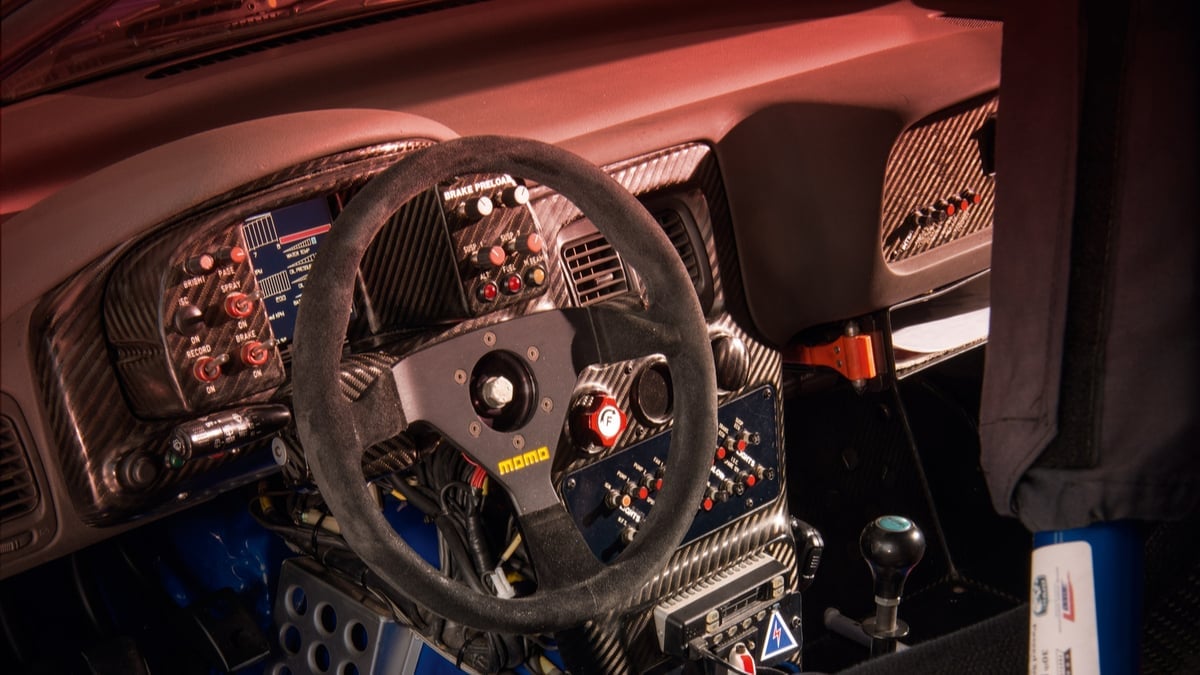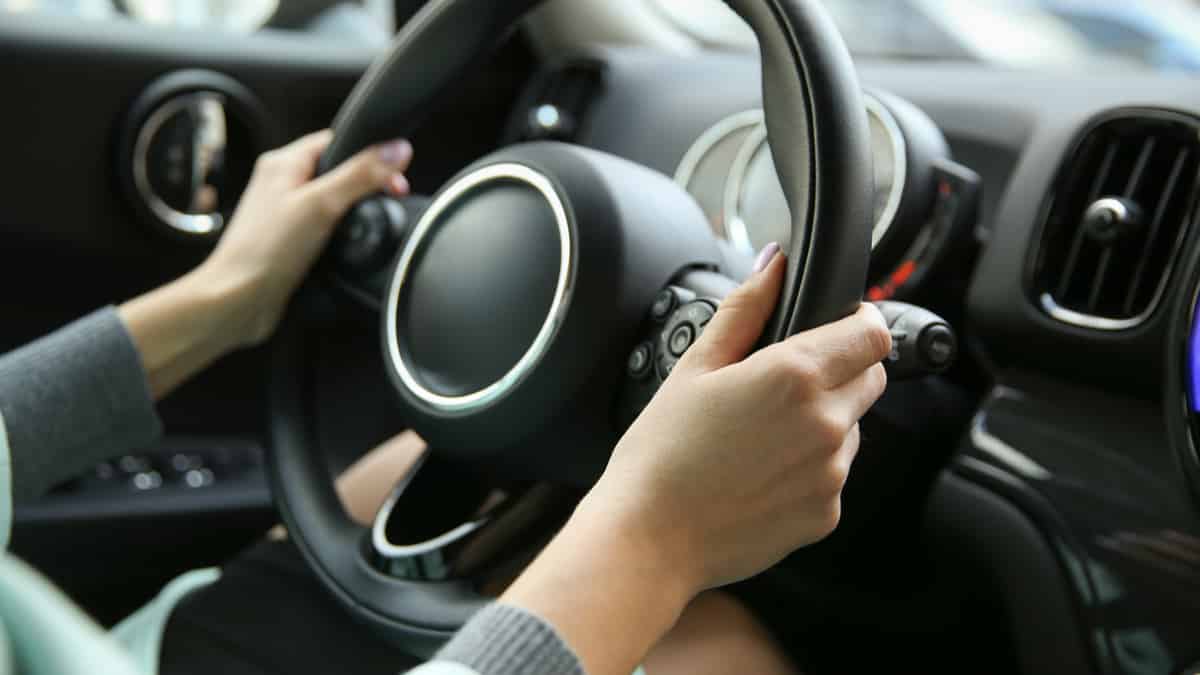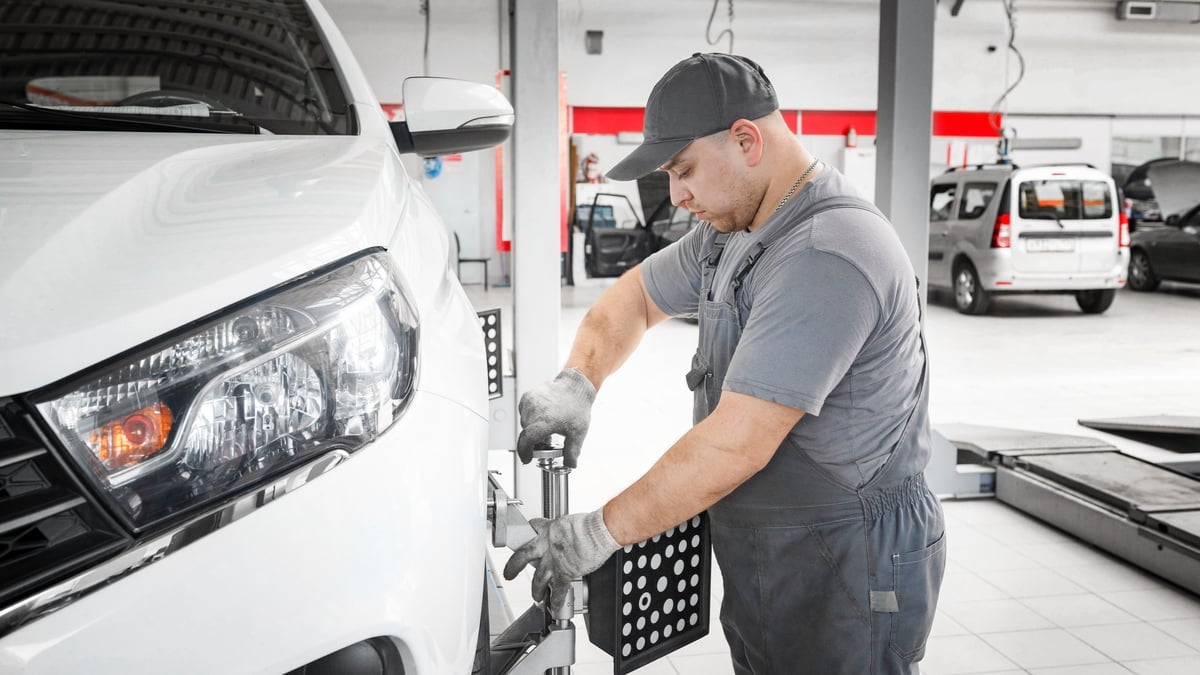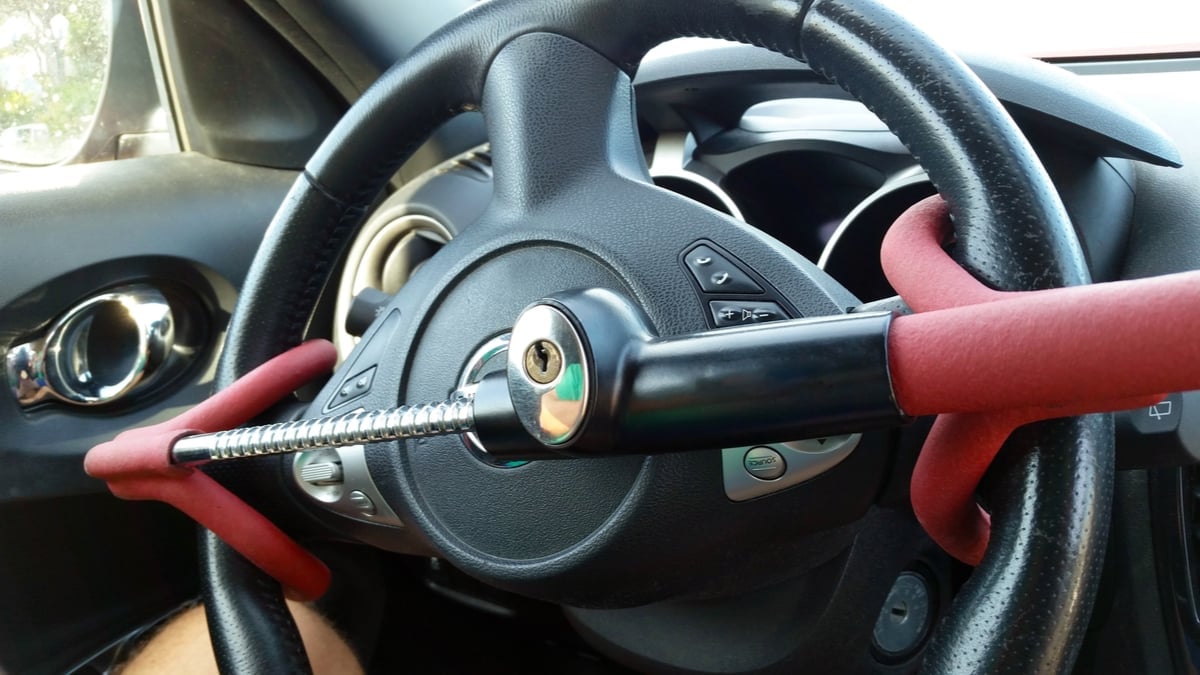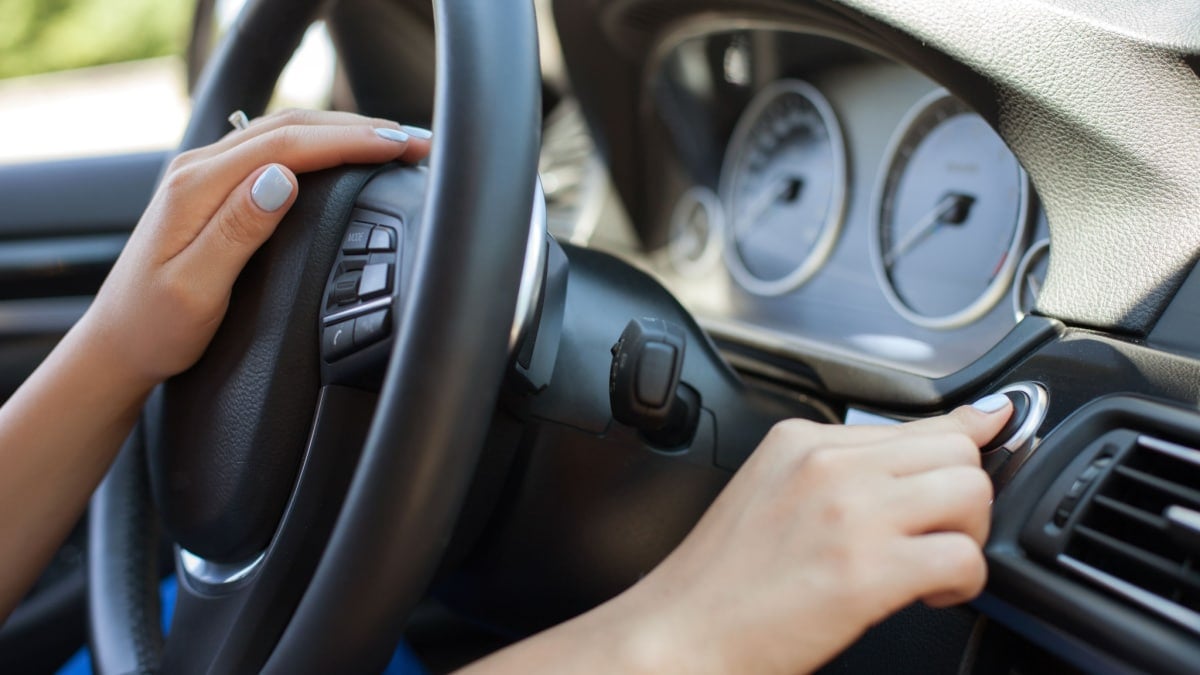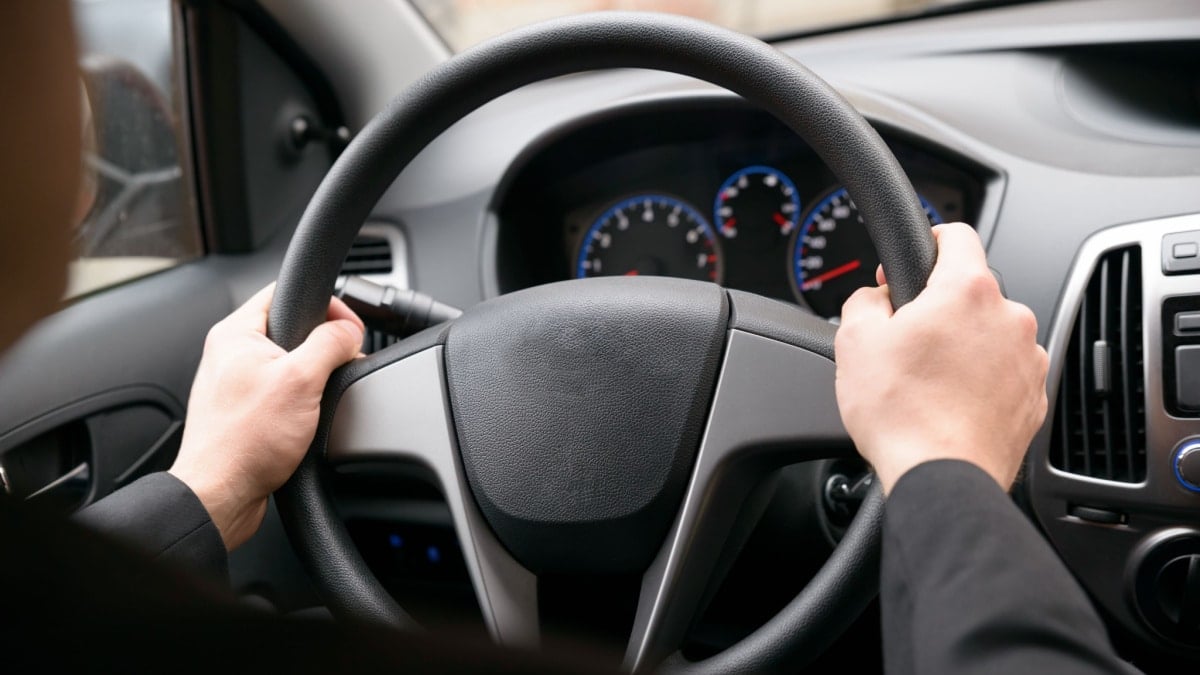When you hit the road, you don’t want to fight with your vehicle to keep it on the road. Yet, that can happen if the steering wheel is not straight. Even if it doesn’t mess with how your vehicle drives, this problem can become a nuisance.
In this guide, we cover why the steering wheel isn’t straight. We also touch on the basics of wheel alignment and show you the reasons your car may need one. After discussing the signs that it’s time for an alignment, we give you a stern warning and answer your top questions.
Why Is My Steering Wheel Not Straight?
If the steering wheel isn’t straight, it probably needs an alignment. The way it sits now, the steering and suspension aren’t functioning at the appropriate angles. By letting it continue, you allow more wear to the tires, causing you to replace them more frequently.
It can also cause one or more of the tires to wear faster than the others. Aside from that, the steering wheel issue can lead to an uncomfortable drive and reduced fuel economy, which is going to hurt you where it counts.
What’s even more alarming is how a bad wheel alignment puts more wear on the components of your suspension. If you need to replace these components sooner than expected, you are going to deal with more costly repair bills.
What is Wheel Alignment?
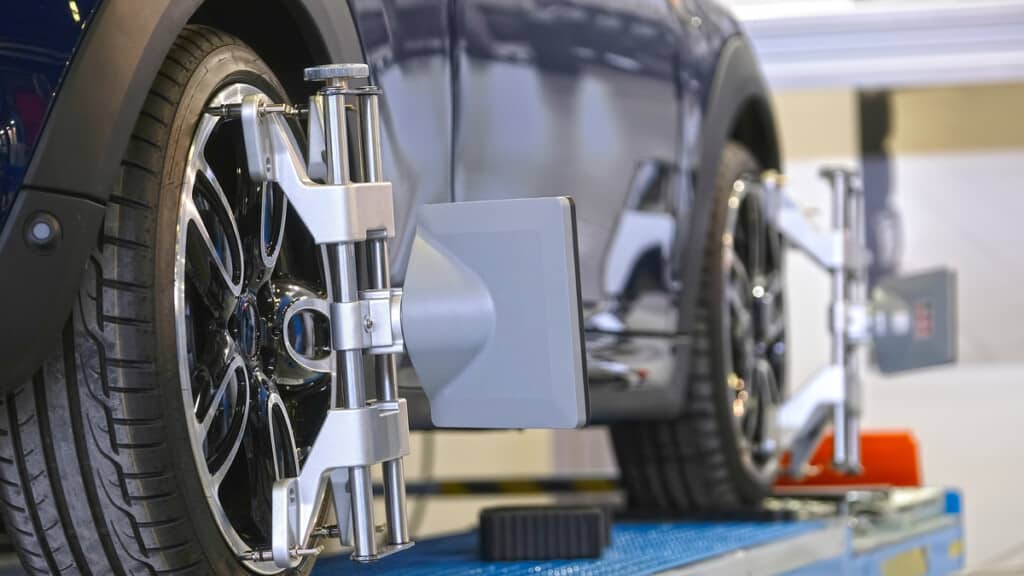
Wheel alignment is the adjustment of the wheels/tires in relation to the vehicle’s suspension. It’s important that the suspension system is perfectly aligned with the wheels for a safe and comfortable ride.
With the right alignment, the tire angle is perfect for making contact with the road. Technicians use three different measurements for alignment.
- Camber: This measurement is the outward or inward angle of the tire, as viewed from the front of the car. Too much outward or inward tilt is referred to as positive and negative camber. Typically the camber is off because of worn suspension parts, as well as the ball joints or bearings.
- Toe: This measurement shows how if the tires are turned outward or inward based on the view from above. When the tires are angled toward the center of the vehicle, it’s known as toe-in, while the opposite would be known as toe-out.
- Caster: This measurement shows the angle of the steering axis as it is seen from the side of the car. Positive camber is tilted more toward the driver, while the negative caster tilts to the front of the vehicle. Caster angle is important for cornering, stability and balanced steering.
The vehicle doesn’t need to be off with all three measurements to need an alignment. Even one of these can cause issues with the steering wheel and tires. However, during a professional alignment, all three measurements are looked at, ensuring everything is lined up as it should be.
RELATED: How Much Does Wheel Alignment Cost? Front, Rear & 4-Wheel
Reasons Your Car Needs a Wheel Alignment
Most cars don’t suddenly need an alignment for no reason. Something normally happens ahead of time that causes the need for wheel alignment. Here are some possibilities.
1. Worn Suspension Parts
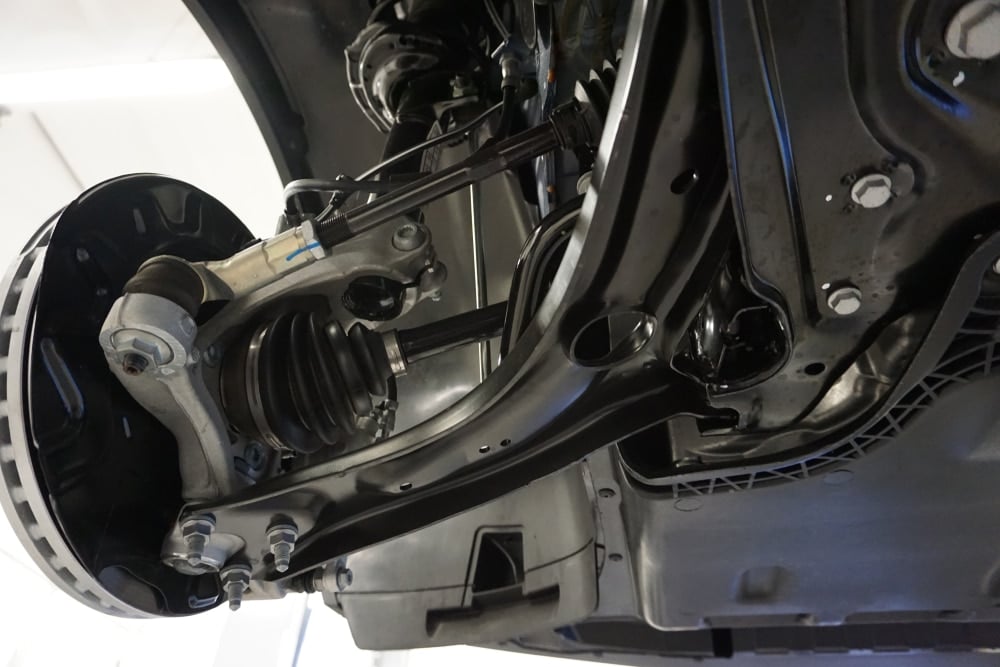
Because of how the suspension and wheels are connected, any failure of the components can cause trouble with the alignment. One of the most common failures is with bad shocks or struts.
Even if parts aren’t bad, any loose part can lead to trouble. That’s why a full suspension check should be performed before aligning the wheels.
2. Hit A Curb Or Bump

Any impact can lead to misaligned wheels. If you hit a curb or a pothole too hard, the suspension system can take the brunt of the impact, leading to a steering wheel that’s no longer straight.
You don’t need to get into a full-blown accident for the alignment to get out of whack. However, the alignment should also be checked during the repairs after a collision.
3. Adjusted Height
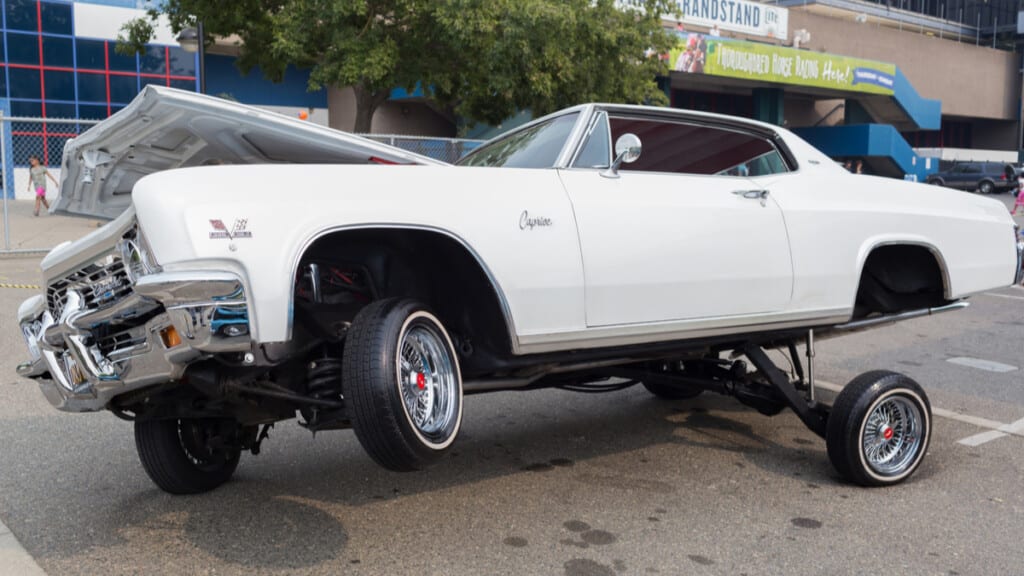
After adding a suspension lift kit to your vehicle, the alignment should always be checked. You may notice that the steering wheel is no longer straight once you add some height.
Your vehicle’s suspension system is only meant to work with the stock suspension. To accommodate the lift, you will need to either modify the suspension or add new parts. As with any suspension modifications, you must also align the wheels to ensure a smooth, safe ride.
4. Technician Failure

If you just had the wheels aligned, but the steering wheel isn’t right, you may need to talk to the technician again. Novice mechanics may forget to pay attention to the steering wheel while working on the wheels.
Thankfully, it shouldn’t take them long to fix. However, you may want to think about where you are having your car work performed, as this is a simple task that should always be done.
Signs Your Car Needs A Wheel Alignment
Aside from having a steering wheel that isn’t centered, there are other signs that it’s time for a wheel alignment. You may notice one or more of these symptoms.
- Steering wheel doesn’t return to center: Maybe your steering wheel is straight at first, but it doesn’t return there after a turn. This is a tell-tale sign that you should have the vehicle looked at.
- Vehicle pulls to one side: If you can’t drive straight down the road, you want to have it inspected. You may want to check it on several different roads to be sure, as some of them contain crowning or a slight angle to help with drainage. However, if you are consistently pulling the vehicle back one way or wrestling with it, an alignment should help.
- Loose steering: Poor wheel alignment can also lead to extra play in the steering wheel. If the wheel feels wobbly or unstable, you may need to have the car aligned or have some of the suspension components replaced. Either way, it’s not safe to drive with unresponsive steering.
- Abnormal tire tread wear: The tread wear can tell a lot about the health of your car. Different wear patterns reveal common malfunctions. To prevent the need for premature tire replacement, you want to get the vehicle aligned and possibly have the tires rotated.
Sometimes, you just need to trust your gut. If something doesn’t feel right, it’s best to have the alignment checked. As professional technicians, we would always rather take a look at it to put peoples’ minds at ease rather than have them driving an unsafe vehicle.
RELATED: 5 Signs Of A Bad Wheel Alignment and Why you should fix it
Check All Suspension Parts Before Making A Wheel Alignment
If you are mechanically inclined, you could save a lot of time checking the suspension before you go for a wheel alignment. If there are worn or broken suspension parts, the mechanic isn’t going to align the vehicle until you have them replaced. Therefore, you will have wasted your time going for the appointment.
Most manufacturers recommend checking the suspension regularly anyway. It’s part of most maintenance schedules. During the inspection, make sure you check the tie rods, ball joints, shocks and struts. If you aren’t sure what you are looking for, take your vehicle to a local mechanic instead.
How do you straighten a steering wheel?
Most likely, the steering wheel isn’t straight because the vehicle is out of alignment. During a wheel alignment, the mechanic will straighten the steering wheel. The tie rods need to be adjusted to center the steering wheel in its place.
How much does it cost to fix a misaligned steering wheel?
You may spend between $50 and $200 to have the wheels aligned on your car. The cost depends on what type of vehicle you drive and where you take it for alignment. Most manufacturers recommend having the wheels aligned or at least checked, once a year.
Will an alignment fix a crooked steering wheel?
The wheel alignment should straighten the steering wheel. The technician is supposed to make sure the steering wheel is straight during the alignment procedure. If you pull away from the wheel alignment and the steering wheel still isn’t straight, you should talk to the mechanic.
How much does a wheel alignment cost?
On average, wheel alignment costs $50 to $200. The price varies depending on what vehicle make and model you drive, as well as where you are having the car serviced. It’s recommended to have the wheels aligned or inspected at least once a year or any time that you alter the suspension.
Does a misaligned steering wheel cause long term problems?
Yes, you are going to suffer from unnecessary problems when the wheels are not aligned and you drive with a crooked steering wheel. The misaligned wheels lead to premature wear of the tires, causing you to replace them more often. It also causes wear to the suspension and creates a bumpy ride.
For some people, seeing the steering wheel out of alignment can be a real burden. It can be considered a pet peeve, making the ride less than enjoyable. However, it’s not just annoying to look at but also a sign of a real problem.
Because the crooked steering wheel is normally related to the need for a wheel alignment, it’s best to have your vehicle looked at right away. If you don’t, you could need new tires sooner than expected and you may end up dealing with suspension failure, which can be costly to fix.
Categories: Driving, Troubleshooting

